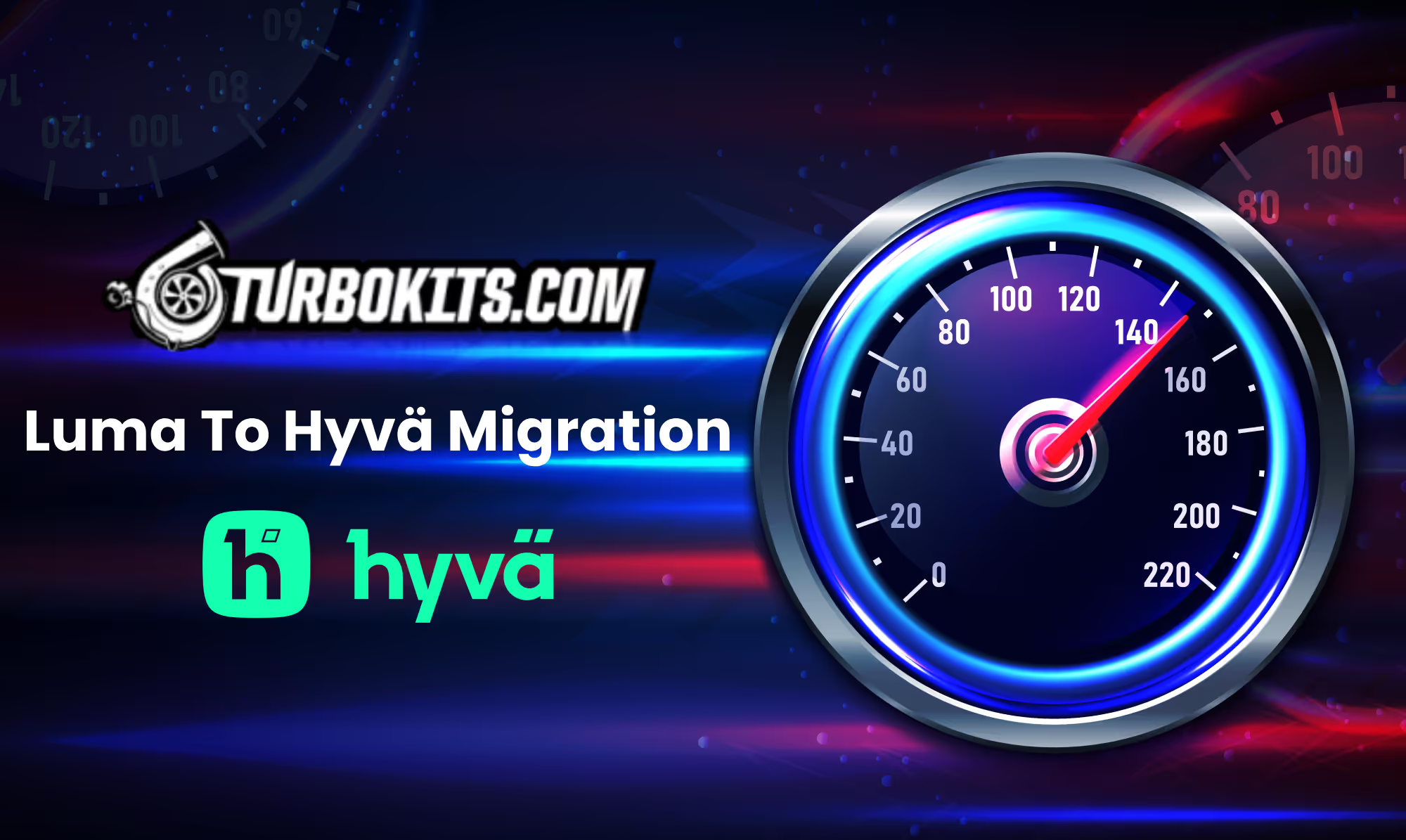
The ultimate aim of every e-commerce business owner is to delight customers with the shopping experience on their website. Apart from this, they also want to have semantically-relevant content for Google’s crawlers to push it towards top rankings on SERPs. Achieving this needs effort because you’re essentially doing SEO for a range of products. Further, you also need to boost your organic search visibility in the crowded e-commerce realm. This post brings you a few actionable e-commerce SEO tips that will help you stand apart from your competitors and make your mark in the digital world.
Table of Contents
Post
The whole point of running an e-commerce website is for it to be found easily by customers looking for products and services on search engines. Applying SEO best practices to your website can do the trick and bring you more traffic and hence, customers. Apart from this, your e-commerce website stands to gain high rankings on SERPs, boosting its credibility.
While applying SEO best practices across your e-commerce website will certainly help you, you will do well to implement on-page SEO judiciously as well.
Implementing On-Page SEO
Consider the following when implementing on-page SEO on your e-commerce website:
Create Unique and Compelling Product Descriptions
Writing unique product descriptions will keep duplicate content issues (more on this later in the post) at bay. Further, informative descriptions will also educate customers about what your product is and isn’t. The aim is to help users find what they’re looking for on your e-commerce website rather than that of your competitor’s.
Highlight the product’s direct benefits. Identify the right SEO product keywords in the descriptions with tools such as SEMrush and Moz Keyword Explorer. These tools will also help you with related keyword data such as search volume, keyword difficulty, and scope for long-tail keywords.
Also, ensure that the product descriptions are the right length for search engines to consider them. While there is no fixed length that works for all products, they do need to explain what the product does and why customers should buy it.
Work out the Title Tags
Develop clickable title tags for improving your product page’s performance in organic search results. These work well in lending relevance to your pages and improve your organic click-through rate (CTR). It is necessary to incorporate the main keywords in the titles tags. Here’s what you need to bear in mind when creating them:
- Create unique titles for each product page and/or category.
- Ensure character length between 50 to 60 characters.
- Add your brand name at the end of the title to create better brand awareness.
- Place target keywords at the forefront.
- Use LSI keywords whenever possible.
Don’t Forget about Meta Descriptions
Simply put, meta descriptions explain the page content to users on search engines. They can be found in organic search results in the form of a short description below the title tag. While title tags are clickable, meta descriptions aren’t.
Inserting keywords in the meta descriptions helps create the context for users, thereby boosting CTR. Here are a few best practices to follow when optimizing meta descriptions:
- Create unique and compelling descriptions that arouse curiosity.
- Optimize meta descriptions for individual pages and posts using brand names and product models.
- Include your main keywords in the description as these are highlighted in bold to attract attention.
- Steer clear of presenting clickbait as this will inevitably harm your ranking.
Create SEO-Friendly URLs
When customers search on Google, they’re likely to notice URL strings as these display the company’s brand name. You may be wondering if this aspect will make a difference to our e-commerce site. The simple answer is: it will!
Poor URL structures can confuse searchers looking for specific products. Search engine crawlers do not warm up to them either as they prefer simple and structured URLs. Here are a few best practices to follow when creating your URLs:
- Keep URLs as short and organized as possible.
- Include your target keyword in the URL.
- Use the same URL format throughout your store to ensure consistency.
Give Image Optimization Due Importance
Your online customer will not be able to touch and feel the products before buying them. So, you’ll have to give them as many reasons as possible to convince them that they’re making the right purchase. It is, therefore, imperative that you include product images that are clear and taken from as many angles as possible to show the product in all its glory.
Apart from catering to customer needs, images also present incredible opportunities for search optimization. As a result, your chances of showing up in search results will increase greatly.
You can start with the file name. Here are a couple of things to keep in mind:
- Instead of naming images by numbers, use product names and keywords. For multiple images, include the keywords customers would use to search for those images.
- Include the product name and keyword in the ALT text for the image.
Add Customer Reviews and FAQ Content
Customer reviews are a great means of earning customer trust and boosting their confidence in your products. If you have a good product, ensure to encourage/allow them to review it.
While positive reviews are always welcome, negative reviews can give e-commerce entrepreneurs nightmares. However, they’re not always bad, especially if you think of them as suggestions for improvement. Make sure you respond to all your reviews politely.
It is also a good idea to have product-specific FAQ content on your product pages. After all, most customers will likely have questions about your products, shipping, return policy, and so on. Only you can answer these questions accurately. If they don’t find this information on your product pages, they will likely buy from someone who actually answers their questions.
Implementing Site-Wide E-Commerce SEO
Implementing site-wide SEO is great for the overall ranking of your e-commerce website in the SERPs. Here’s how to go about it.
Reduce Page Load Speed
A recent study revealed that over half of internet users expect a website to load within 2 seconds. Page loading speed is a critical parameter for attaining high rankings on SERPs for desktop as well as mobile. The faster your page’s loading speed is, the better Google ranking it will have.
Decreasing page load speed boils down to eliminating as many unnecessary elements from the page as possible. These include heavy images, videos, animation, backgrounds, and other special add-ons that you may have included the page. These may not be contributing to your bottom line while making you lose your Google rankings as well.
Optimize Pages with Keywords
Category pages and posts need to be optimized to appear first in the search engine results. You may want to use a keyword planner tool in this regard. This way, your category page and product pages can rank for more specific terms rather than compete with each other for the same keyword.
You can bring more traffic to your category pages by optimizing them in the following ways:
- Include keywords in the image ALT text and file name.
- Add keywords in your H1 tag.
- Use keywords in your page title and description.
- Sprinkle LSI keywords throughout your content.
- Employ SEO permalinks.
Tackle Duplicate Content Issues
Often, when retailers sell a manufacturer’s products on their e-commerce site, they receive the product descriptions from the manufacturer. While including the maximum possible product information is great, you also want to ensure you don’t end up publishing duplicate product descriptions due to the same product literature provided to all e-retailers.
While a small extent of duplication may be inevitable, you need to be mindful of Google algorithms and the penalties that such content attracts. It is, therefore, recommended to create fresh and unique descriptions for all products on your e-store and improve your rankings.
While this can take tremendous time and effort, it does pay off in setting you apart from your competition. It helps if your product descriptions are interesting and to-the-point. Make sure you use the appropriate keywords or phrases in the sentences you create.
Additionally, avoid using blog posts or other original content you receive from manufacturers. Not only will this result in duplication issues, the manufacturer may not appreciate it either. If you like something you see on the manufacturer’s website and want to use it on yours as well, email them and ask for their permission to do so.
Give Link Building a Go
Having an adequate number of internal links will serve two important purposes. For one, they help enhance your e-commerce SEO initiatives by showing pages related to each other. They will also increase the time spent by visitors on the site by encouraging them to explore (and buy) other products on your website.
Linking to related products or other authoritative and informative blog articles will also help boost your e-commerce SEO while making your e-store more appealing for further exploration.
Harness the Power of Content
Every powerful content marketing strategy begins with a solid keyword and user intent research. If you want to use content to move your customers through the sales funnel, you will need to figure out their main queries and the kind of information they’re looking for. It will then be easy for you to design a content strategy wherein customers’ get answers to their specific questions.
Moreover, the content you create should be easy to consume and high in quality. Creating valuable content boils down to the following:
- Create content based on a thorough understanding of your audience, and the keyword and user intent research.
- Mention a simple and an attractive call-to-action or a specific next step. Use it to direct customers towards what they’re looking for.
- Make it easy to read and digest by featuring short paragraphs, bullet points, numbered lists, bold text, quotes and/or statistics, infographics, and so on.
- Ensure to get your facts right, especially when quoting someone or mentioning numbers.
- Link to reputed and authoritative sources on the internet. For example, Wikipedia fits this description perfectly.
- Include the keywords (or variants) naturally within the first 100 words of the content to help customers understand the product to the maximum extent in the shortest time possible.
- Further, incorporate keywords as naturally as possible in the content, image titles, ALT text, page titles and/or H1 tags, as well as in the URL.
Image Optimization Is a Must
We’ve already discussed the importance of image optimization for product pages. However, site-wide image optimization is also unavoidable for optimal SEO outcomes. Optimized images will help you attract more traffic from Google image search.
It is crucial to keep the following in mind:
- Optimize the image names, ALT text, and caption while keeping them short yet descriptive to provide search engines with clues regarding what the image is about.
- Use superior-quality pictures throughout your websites. Try to make them look as realistic and detail-oriented as possible as this will spur your e-store’s sales. Videos may work even better in this regard.
- Use A/B testing as you pit one picture against another to see which one results in higher conversions.
Include Customer Feedback and Response
Nearly 63% of consumers indicate they are more likely to purchase from a site if it has product ratings and reviews.
Just like publishing good product reviews builds customer confidence in the product, displaying positive customer feedback and testimonials about your website’s service with respect to its security, shopping cart, delivery time, payment options, and so on helps it gain credibility. When potential buyers see their fellow buyers are active on your e-store, they’ll be motivated to buy from you too.
- Consider displaying blog posts and testimonials from your happy customers. Use quotes from a positive review to engender feelings of trust among your buyers.
- Use schema.org review markup to get stars alongside your listing in SERPs from individual product pages.
- Place social media share buttons on all your pages to present social proof. You can also post pictures and videos of happy shoppers using products purchased from you.
Conclusion
Most e-commerce business owners expect quick and lasting results from their SEO initiatives. While this is reasonable, you need to be smart and stay a step ahead of your competitors. The sooner you implement SEO practices on your e-store, the quicker you will be able to derive the benefits. It all begins with bringing customers to your site and then converting them. From optimizing your product pages and using the right keywords to reducing page load time and linking internally, all the steps mentioned above will help you strengthen your position in SERPs. Put them into practice to set your e-commerce store up for thumping success.













